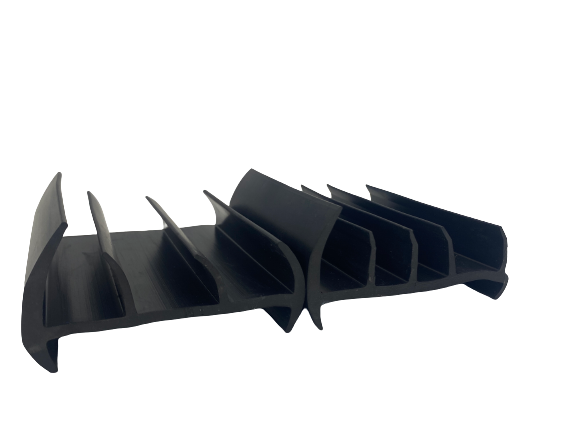Oct . 12, 2024 22:44 Back to list
Durable Rubber Seal for Garden Shed Doors to Keep Out Moisture and Pests
The Importance of Shed Door Rubber Seals A Comprehensive Guide
Sheds serve various purposes, from gardening storage to functioning as workshops or outdoor retreats. Regardless of their specific use, keeping the contents safe and secure is crucial. One often overlooked aspect of shed maintenance is the door sealing. Using effective shed door rubber seals is paramount for enhancing security, maintaining temperature, and protecting the interior from moisture and pests.
Understanding Shed Door Rubber Seals
Rubber seals are designed to create a tight barrier around the edges of doors, preventing air, water, and dust from entering the shed. They can be easily installed and come in various styles, including strips, tubes, and expanded foam, catering to different door types and user needs.
Benefits of Using Rubber Seals
1. Weatherproofing Rubber seals help keep out cold draughts during the winter and ensure that hot air does not escape in the summer. This temperature regulation can make working in your shed more comfortable, particularly if you use it as a workshop or art studio.
2. Moisture Protection Sheds are often susceptible to dampness, especially in regions with heavy rainfall. Rubber seals form a barrier that prevents rainwater from seeping in through the gaps around the door. Preventing moisture intrusion is crucial, as excess dampness can lead to mold growth and damage stored items.
3. Pest Prevention Insects and rodents often seek shelter in sheds. A well-sealed door with rubber gaskets makes it much more difficult for pests to enter, providing peace of mind for those who store valuable tools and supplies.
4. Dust and Debris Reduction Dust and dirt can compromise the integrity of items stored in a shed. Rubber seals help to minimize the amount of external debris that can find its way inside, ensuring a cleaner environment for your tools and equipment.
shed door rubber seal

5. Improved Energy Efficiency For those who use their shed as a working space or lounge, maintaining a comfortable temperature is essential. Proper sealing can reduce the reliance on heating or cooling systems, thereby saving energy costs.
Choosing the Right Rubber Seal
When selecting rubber seals for your shed door, consider the following factors
- Material Look for high-quality rubber that can withstand the elements. EPDM (ethylene propylene diene monomer) rubber is a durable option that is resistant to UV rays and extreme temperatures.
- Size and Fit Measure the dimensions of your shed door accurately. Ensure that the rubber seal you choose fits snugly to minimize any gaps.
- Installation Method Some seals come with adhesive backing for easy application, while others may require additional tools for installation. Choose the type that best suits your capabilities and preferences.
- Style There are various styles of seals available, such as brush seals or bulb seals. Research which type will best address your specific needs, taking into consideration the door’s design.
Conclusion
In summary, adding a rubber seal to your shed door is a small yet significant upgrade that pays off in various ways. With benefits such as temperature regulation, moisture and pest prevention, and a cleaner interior, rubber seals contribute to the longevity and functionality of your shed. Investing in the right seal not only enhances the security of your space but also ensures that your shed remains a productive and comfortable environment. Whether for a gardening shed or a home workshop, rubber door seals are a worthy consideration that can lead to substantial improvements.




